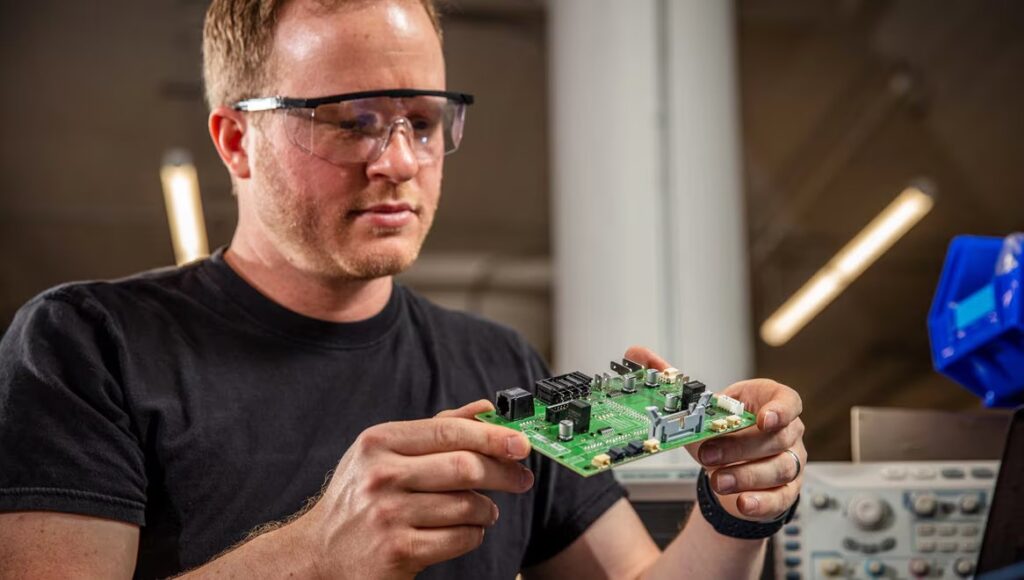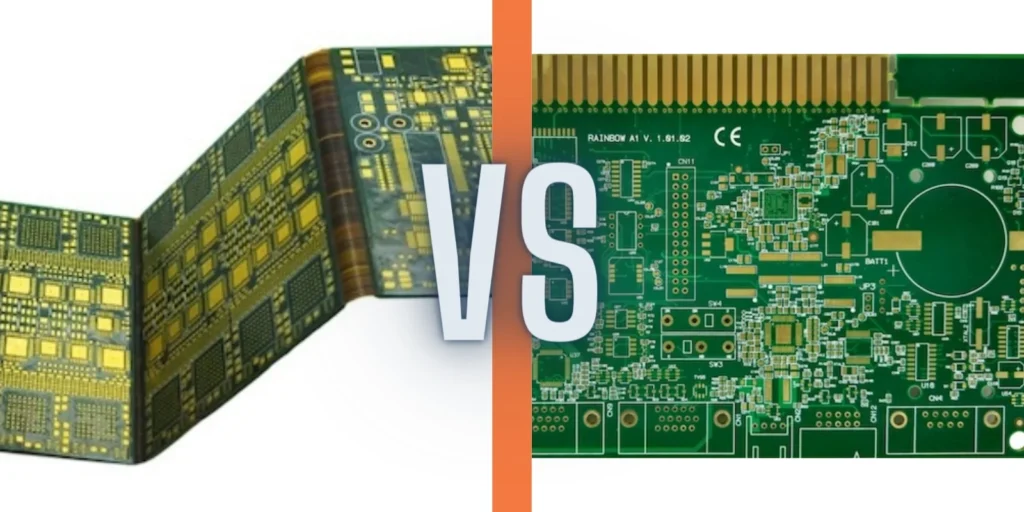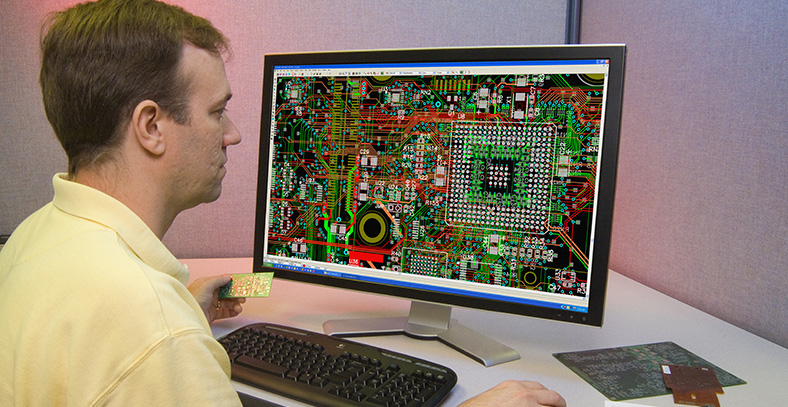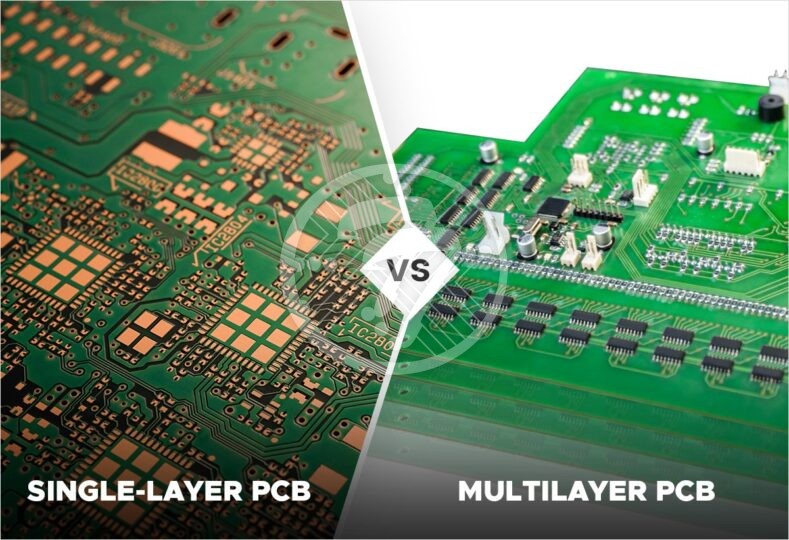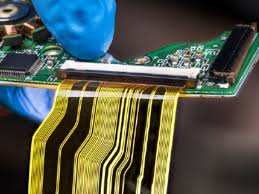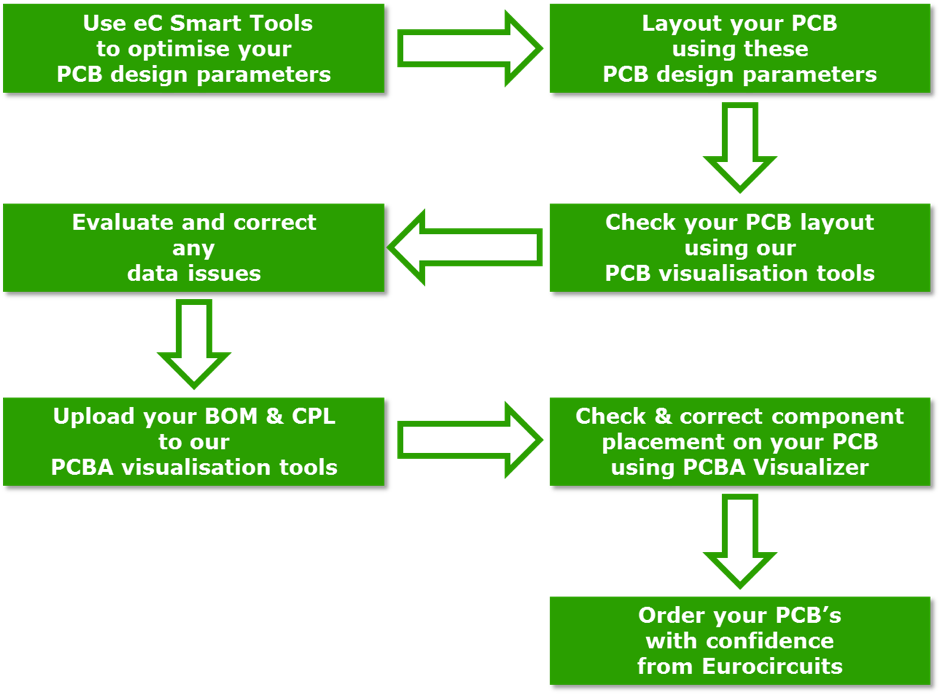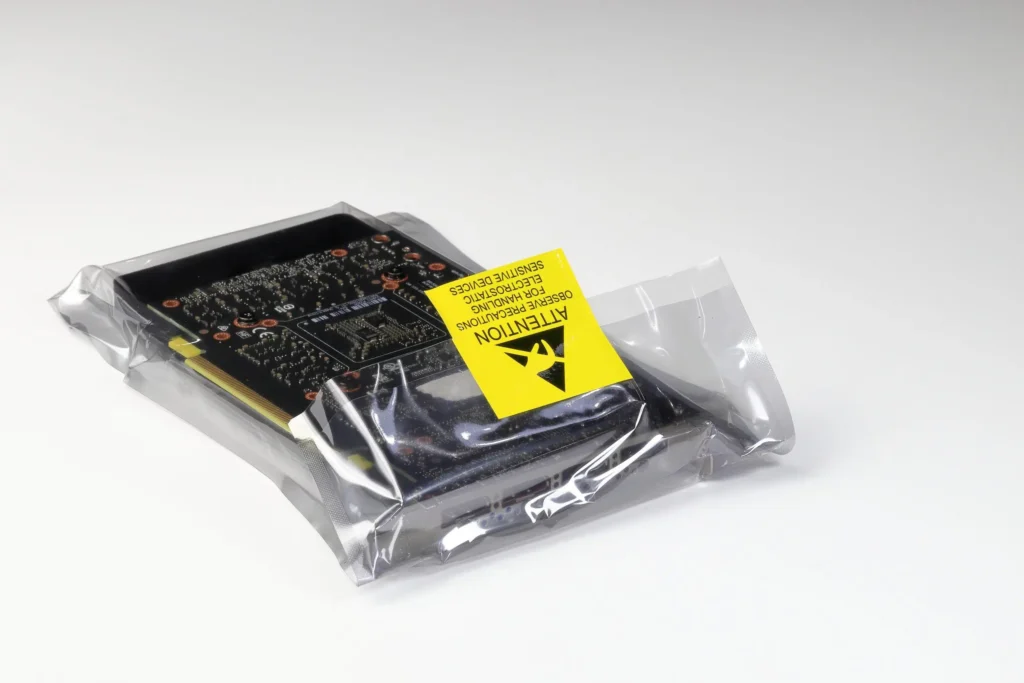With the rapid development of electronic technology, the application of high-density circuit boards (HDBs) is becoming increasingly widespread, especially in fields such as smartphones, wearable devices, and medical electronics.However, the assembly of HDB faces many challenges, especially the use of micro components and the implementation of complex wiring.
The use of micro components is a major challenge in the assembly of high-density circuit boards.
These components have extremely small sizes, such as 0201 packaging, BGA, etc., which require extremely high assembly accuracy and soldering technology.
To address this challenge, advanced surface mount technology (SMT) such as high-precision automatic surface mount machines and hot air welding equipment is first needed to ensure accurate placement and reliable soldering of components.
Meanwhile, optimizing welding parameters such as welding temperature, time, and pressure is also crucial for ensuring the quality of welding points.
In high-density circuit boards, complex wiring is another challenge that cannot be ignored.
Due to limited space, high-density and high-precision wiring needs to be achieved within a limited area.
To achieve this goal, multi-layer PCB boards have become the preferred choice.
Multilayer boards not only provide more wiring space, but also can further improve wiring density through the design of fine line width and spacing.
In addition, using high-density interconnect technologies such as micro vias and buried blind holes can effectively shorten the length of wiring, reduce signal delay and loss.
However, multi-layer boards and complex wiring also pose challenges in thermal management.
High density components generate a large amount of heat during operation, and if not dissipated in a timely manner, it may lead to component damage or performance degradation.
Therefore, in the design of high-density circuit boards, thermal management strategies must be fully considered.
Use PCB materials with good heat dissipation performance, such as metal based PCBs, to quickly conduct heat through their internal metal layers.
At the same time, in terms of component layout, components with high heat generation should be dispersed to avoid heat accumulation.
Combined with auxiliary heat dissipation measures such as heat dissipation coatings and small heat dissipation fins on the PCB surface, ensure that the circuit board operates within an appropriate temperature range.
When assembling high-density circuit boards, it is also necessary to pay attention to the visual inspection and positioning of components.
The welding and assembly of micro components require high-resolution visual inspection equipment, such as microscopes, optical amplifiers, or automatic optical inspection devices.
At the same time, the use of high-precision automatic surface mount machines and visual assistance systems can ensure accurate alignment and positioning of components, avoiding problems such as misalignment and poor soldering.
In summary, to address the challenges of micro components and complex wiring in high-density circuit board assembly, it is necessary to comprehensively consider multiple aspects such as soldering technology, wiring design, thermal management, visual inspection, and positioning.
By adopting advanced processes and equipment and continuously optimizing design solutions, these challenges can be overcome, driving the development of electronic products towards higher performance and smaller sizes.




